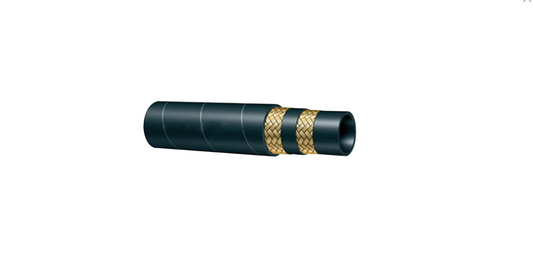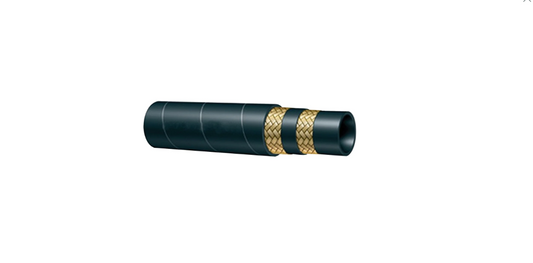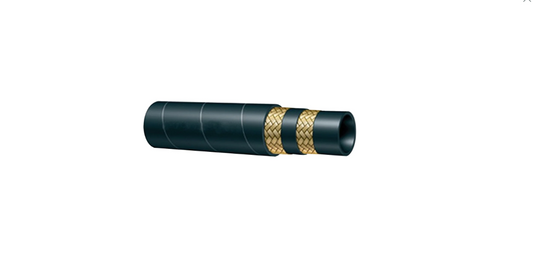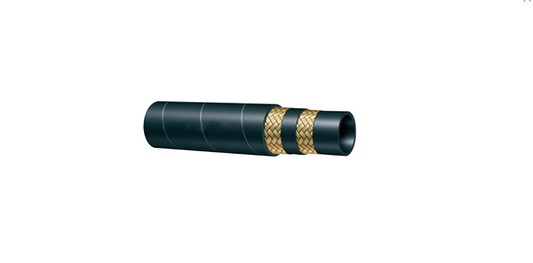-
100r16 HYDRAULIC HOSE 154 FT ROLL
Prix habituel $672.47 USDPrix habituelPrix unitaire / par -
100R16-08 328' ROLL
Prix habituel $700.00 USDPrix habituelPrix unitaire / par -
100R16-06 328 FT ROLL
Prix habituel $600.00 USDPrix habituelPrix unitaire / par -
100R16-04 328 FT ROLL
Prix habituel $857.00 USDPrix habituelPrix unitaire / par
HYDRAULIC HOSE FAQs
Contenu réductible
1. What is the life expectancy of a hydraulic hose?
2. Can I crimp my own hydraulic hoses?
Therefore, while you can do this yourself; it requires accuracy and proper tools to guarantee safety and functionality. Without proper machine set up and know how, you compromise your hose’s performance. It is better to get your hoses crimped in service by an expert in order to get desirable outcomes.
3. How often should hydraulic hoses be replaced?
Identifying and addressing these issues can help extend the life of your hoses. Regular maintenance and proper usage are key to maximizing their durability.
4. Why do hydraulic hoses fail?
In the long run, abrasive action can lead to failure of hydraulic hose pipes which can result in fatal accidents and even injuries. However, it is possible to detect the initial signs of damage as well as prevent probable failures by doing regular checks and ensuring proper maintenance is done on them.
Moreover, this will help in avoiding damages that can happen when hoses are routed properly or when they have protective coverings.
5. What is the cost of hydraulic hoses?
In this industry, it's fantastic to find a supplier that understands the business side of things. Make sure that you discuss your requirements with suppliers so as to get the best price possible and know where to buy hydraulic hose for sale from reputable hydraulic hose manufacturers.
The startup costs in terms of inventory management may also include purchasing a hydraulic hose rack with the correct diameter. Additionally, ensuring that you have enough stock is crucial for smooth operations. Whether you are setting up your site or improving your ship processes, having the right supplies on hand is essential for your business.
6. What material makes the strongest hydraulic lines?
Besides being flexible and long lasting, they are suitable for different industrial uses since it offers moderate heat resistant properties too. Their tough make guarantees that they can be used in harsh conditions resulting long life expectancy of the hydraulic systems.
7. How tight should hydraulic lines be?
To avoid damaging these parts, you should apply just the right amount of torque. You should then check for any leakage regularly after tightening to make sure there is a proper seal which will also eliminate future problems.




